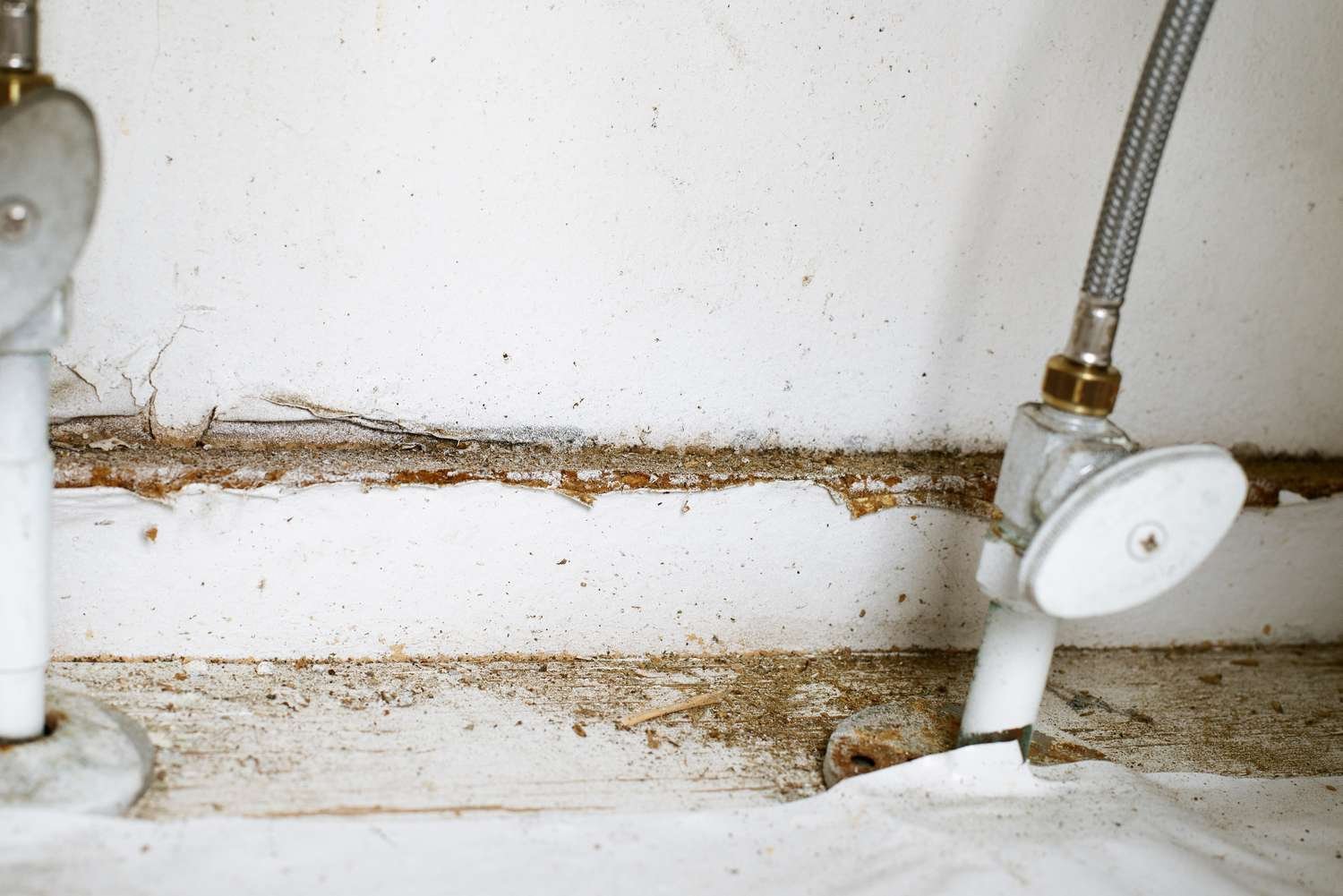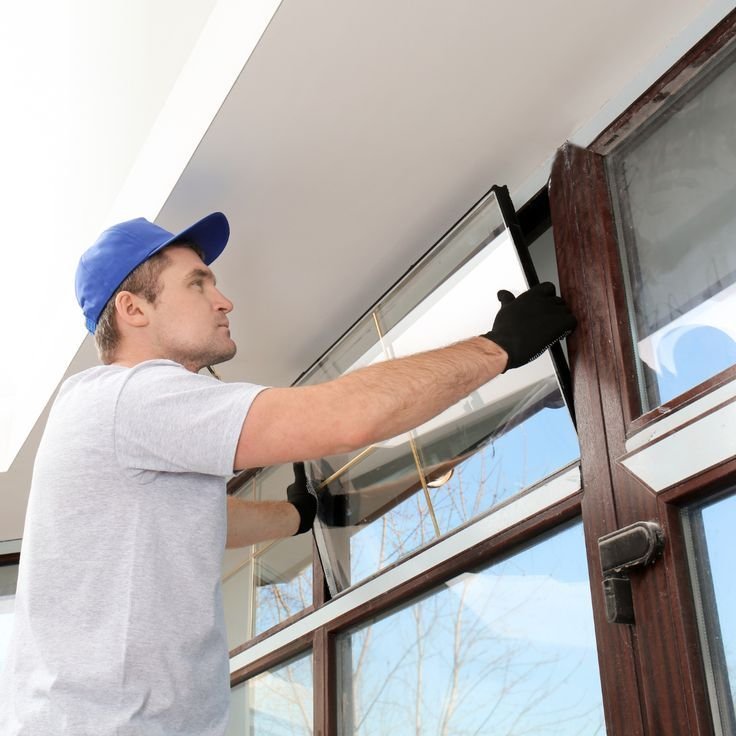Mold is a common problem that can lead to serious health issues and property damage if left unchecked. Identifying whether you need a mold test is essential for maintaining a safe living environment. Here are seven key indicators that suggest it might be time to seek professional mold testing in your home.
When Should You Book a Mold Inspection?
You should consider mold testing Los Angeles if you’ve experienced recent flooding, plumbing issues, or persistent odors. Testing also helps identify airborne spores causing allergies or irritation, giving you the clarity and peace of mind you deserve.
1. Visible Mold Growth
The most obvious sign that you may need a mold test is the presence of visible mold. Mold can appear in various colors, including black, green, and white, and typically thrives in damp areas. If you notice patches of mold on walls, ceilings, or other surfaces, it’s crucial to address the issue promptly. Even small spots can indicate a more extensive mold problem hidden beneath the surface.
2. Persistent Musty Odors
A musty or earthy smell in your home is often a clear indicator of mold growth. This odor is produced by mold spores and can linger even when mold is not visibly present. If you detect a persistent musty smell, particularly in areas like basements, bathrooms, or kitchens, it’s time to consider mold testing. Identifying the source of the odor can help you determine whether mold is present and how to address it.
3. History of Water Damage
If your home has experienced water damage from leaks, flooding, or high humidity, it’s essential to monitor for mold growth. Mold can begin to grow within 24 to 48 hours of water exposure, so any history of water intrusion increases the likelihood of mold. Even if the area appears dry, mold can thrive in hidden spaces, making professional mold testing a wise choice.
4. Health Issues and Allergic Reactions
Unexplained health issues, particularly respiratory problems, can indicate mold exposure. Symptoms such as coughing, sneezing, skin irritation, and headaches may worsen in specific areas of your home. If you or your family members frequently experience these symptoms, it may be time to conduct a mold test. Individuals with asthma, allergies, or weakened immune systems are especially vulnerable to the effects of mold.
5. High Humidity Levels
High humidity levels can create an environment conducive to mold growth. If you consistently notice condensation on windows or walls, or if the air feels damp, it may indicate a moisture problem. Using a hygrometer to measure indoor humidity can help assess the situation. Ideally, indoor humidity levels should be between 30% and 50%. If your readings consistently exceed this range, consider mold testing to determine if mold is present.
6. Recent Renovations or Repairs
If you’ve recently undertaken renovations or repairs in your home, it’s essential to check for mold growth. Renovations can disturb existing mold spores or create new opportunities for mold to thrive, especially in areas prone to moisture. If you suspect that mold may have been disturbed or introduced during renovations, conducting a mold test can help you identify any potential issues.
7. Unexplained Water Stains
Water stains on walls or ceilings can indicate a leak or moisture problem, which can lead to mold growth. If you notice unusual discoloration, bubbling paint, or peeling wallpaper, it’s crucial to investigate further. These signs often suggest that mold could be lurking behind the surfaces. A mold test can help confirm whether mold is present and guide you in taking the necessary steps to remediate the issue.
Conclusion
Recognizing the signs that indicate you may need a mold test is vital for maintaining a healthy home. From visible mold growth and musty odors to persistent health issues and unexplained water stains, these indicators can help you determine whether it’s time to seek professional testing. By addressing mold issues early, you can protect your health, preserve your property, and create a safe living environment for you and your family. Don’t wait for mold to become a significant problem—stay vigilant and proactive in identifying potential mold growth in your home.




